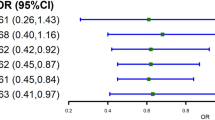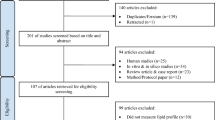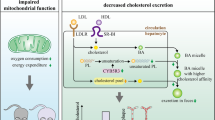Abstract
In our previous study, two point mutants of apolipoprotein A-I, designated V156K and A158E, revealed peculiar characteristics in their lipid-free and lipid-bound states. In order to determine the putative therapeutic potential of these mutants, several in vitro and in vivo evaluations were conducted. In the lipid-free state, V156K showed more profound antioxidant activity against LDL oxidation than did the wildtype (WT) or A158E variants in an in vitro assay. In the lipid-bound state, V156K-rHDL showed an enhanced cholesterol delivery activity to HepG2 cells in a time-dependent manner, as compared to WT-rHDL, A158E-rHDL, and R173C-rHDL. We assessed the physiological activities of the mutants in circulation, using hypercholesterolemic mice (C57BL6/J). Palmitoyloleoyl phosphatidylcholine (POPC)-rHDL preparations containing each of the apoA-I variants were injected into the mice at a dosage of 30 mg of apoA-I/kg of body weight. Forty eight hours after injection, the sera of the V156K-rHDL injected group showed the most potent antioxidant abilities in the ferric acid removal assay. The V156K-rHDL- or R173C-rHDL-injected mice showed no atherosclerotic lesions and manifested striking increases in their serum apo-E levels, as compared to the mice injected with WT-rHDL or A158E-rHDL. In conclusion, V156K-rHDL exhibited the most pronounced antioxidant activity and anti-atherosclerotic activity, both in vitro and in vivo. These results support the notion that HDL-therapy may prove beneficial due to its capacity to induce accelerated cholesterol excretion, as well as its enhanced antioxidant and anti-inflammatory effects and lesion regression effect.
Similar content being viewed by others
Article PDF
Author information
Authors and Affiliations
Rights and permissions
This is an Open Access article distributed under the terms of the Creative Commons Attribution Non-Commercial License (http://creativecommons.org/licenses/by-nc/3.0/) which permits unrestricted non-commercial use, distribution, and reproduction in any medium, provided the original work is properly cited.
About this article
Cite this article
Cho, KH., Park, SH., Han, JM. et al. A point mutant of apolipoprotein A-I, V156K, exhibited potent anti-oxidant and anti-atherosclerotic activity in hypercholesterolemic C57BL/6 mice. Exp Mol Med 39, 160–169 (2007). https://doi.org/10.1038/emm.2007.18
Published:
Issue date:
DOI: https://doi.org/10.1038/emm.2007.18
Keywords
This article is cited by
-
A Proteoliposome Containing Apolipoprotein A-I Mutant (V156K) Enhances Rapid Tumor Regression Activity of Human Origin Oncolytic Adenovirus in Tumor-Bearing Zebrafish and Mice
Molecules and Cells (2012)
-
Modified Apolipoprotein (apo) A-I by Artificial Sweetener Causes Severe Premature Cellular Senescence and Atherosclerosis with Impairment of Functional and Structural Properties of apoA-I in Lipid-Free and Lipid-Bound State
Molecules and Cells (2011)



